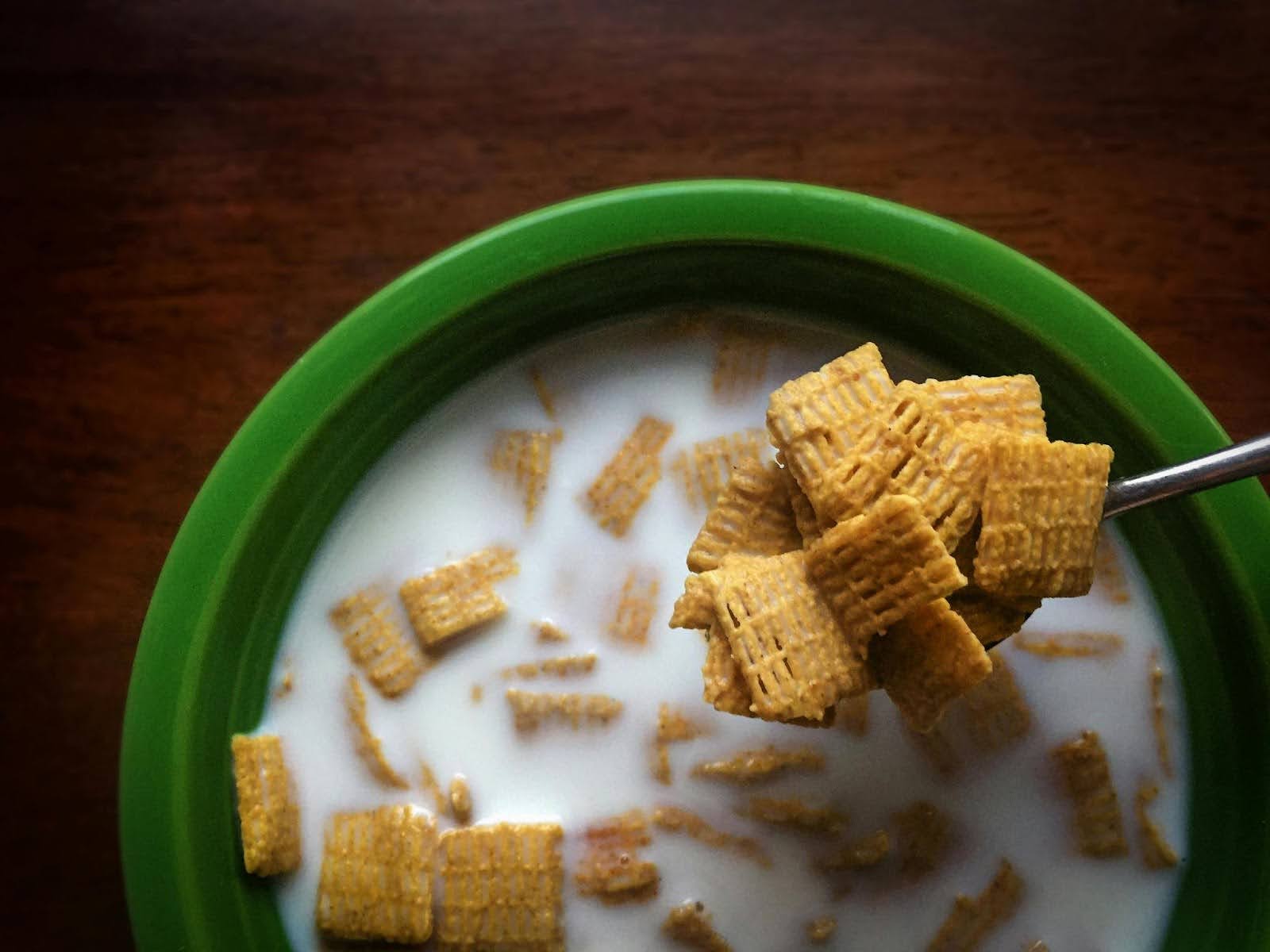We sometimes fail to question what is presented to us with such confidence and determination. Especially when it’s included in our middle school curriculums on the food pyramid, in every grocery store in town, and widely accepted as scientific fact. If you’ve ever heard that ‘milk makes your bones stronger,’ you may be surprised to discover that milk has strengthened far more economies than bones, all in its nearly 100-year reign over the U.S diet.
Even though cow’s milk has had a role in the human diet for a significant portion of human history, possibly since the days of Neolithic farmers, the idea of selling cow’s milk as a product became a possibility after lobbying pushed the U.S Supreme Court to pass a bill.3 This allowed farms to come together to form an agricultural conglomerate, whichafter they began marketing their product-of-choice.3 While milk has its long-standing cultural roots, the desire to drink milk is theorized to be born of combatting starvation—milk has since been reframed as a necessity.2
An example of this shift is in the production of skim milk. In the early days of the dairy industry, skim milk was treated as nothing but a consequence of butter production, and was a form of waste dumped into rivers.4 This was until skim milk was relabeled, marking the beginning of its reputation as a ‘health food’.4 How exactly can milk be considered a health food? More importantly, how does milk fall short of a health food?
Cow’s milk exists for the very purpose it’s named for: to feed cows. More specifically, it exists to aid in the development of baby cows. In comparison, humans are less-suited to digest milk, especially as we age.1 The digestion of milk requires lactase, which term infants express in order to consume around a liter of breast milk daily; this is regulated by a lactase gene located on chromosome 2 and is mediated by a promoter region upstream of the gene, a portion of DNA that incites transcription.1 A decrease in mRNA results in a lactase level of about 10-25%, in comparison to infancy, the time frame associated with the maximum expression of this gene.1 The natural declination of lactase after weaning is called “lactase deficiency’”.1 This is not to be confused with “lactose malabsorption,” which is characterized by the inability to ingest all consumed lactose, or “lactose intolerance,” which describes symptomatic lactose malabsorption.1
Lactase persistence, or “the ability to digest milk beyond infancy,” can be discovered by looking at polymorphisms upstream of the lactase gene, as well as by investigating the prevalence of lactose intolerance in certain populations.1 One study looking at lactose intolerance found that lactase persistence is common for people in North Europe, West Africa, or the Middle East, with rates of lactose intolerance as little as 2 to 5 percent in Northern Europe. This rate is less generalizable in the U.S as it is dependent on ethnicity, exemplified by the high level of 79% of Indigenous Americans experiencing lactose intolerance against 21% of Caucasians.1
While it’s true that there are large portions of the global population that do not have adverse reactions to lactose, either due to genetics or the adaptation of colonic bacterial flora (which has been observed in lactase non-persistent populations in Somali), the U.S does not account for its population’s wide variability in lactase persistence.2 A study conducted in 2o22 on lobbying expenditures shaping U.S policy towards the World Health Organization found strong alliances amongst “producers of commercial milk formulas,” and ultimately uncovered influence on the rules controlling how milk products are marketed to children.3
What can we take away from this? While milk certainly isn’t bad for us, depending on our genetic and environmental backgrounds, lactose absorption varies widely and is therefore not integral to many diets. This contrasts with the understanding imparted on many in the U.S, a contrast especially pronounced for Indigenous Americans, African Americans, Hispanics, and Caucasians.1 Milk not being the superfood we know it to be in the U.S should impact more than what we stock in stores, but how we regulate the distillation of health information. If organizations both nationally and internationally-trusted relay information in half-truths, we are forced to better interrogate our scientific sources to peel away commercial interests from our best interests.
References:
- Heine, R. G., AlRefaee, F., Bachina, P., De Leon, J. C., Geng, L., Gong, S., Madrazo, J. A., Ngamphaiboon, J., Ong, C., & Rogacion, J. M. (2017). Lactose intolerance and gastrointestinal cow’s milk allergy in infants and children – common misconceptions revisited. World Allergy Organization Journal, 10(1), 41. https://doi.org/10.1186/s40413-017-0173-0
- Ingram, C. J. E., Mulcare, C. A., Itan, Y., Thomas, M. G., & Swallow, D. M. (2009). Lactose digestion and the evolutionary genetics of lactase persistence. Human Genetics, 124(6), 579–591. https://doi.org/10.1007/s00439-008-0593-6
- Russ, K., Baker, P., Kang, M., & McCoy, D. (n.d.). Corporate Lobbying on U.S. Positions Toward the World Health Organization. Movendi International. Retrieved March 19, 2024, from https://movendi.ngo/science-digest/corporate-lobbying-on-us-positions-toward-the-world-health-organization/
- Valente, L. (2017, May 8). The Origins of Milk: Why Was the First Cow Milked in the First Place? Medium. https://medium.com/@lanavalente/the-origins-of-milk-why-did-the-first-cow-milker-milk-the-cow-c41e8ef761d6
Image References:
Photo by Binyamin Mellish on Pexels. (n.d.). Pexels. Retrieved March 18, 2024, from https://www.pexels.com/photo/cereal-in-bowl-108291/
